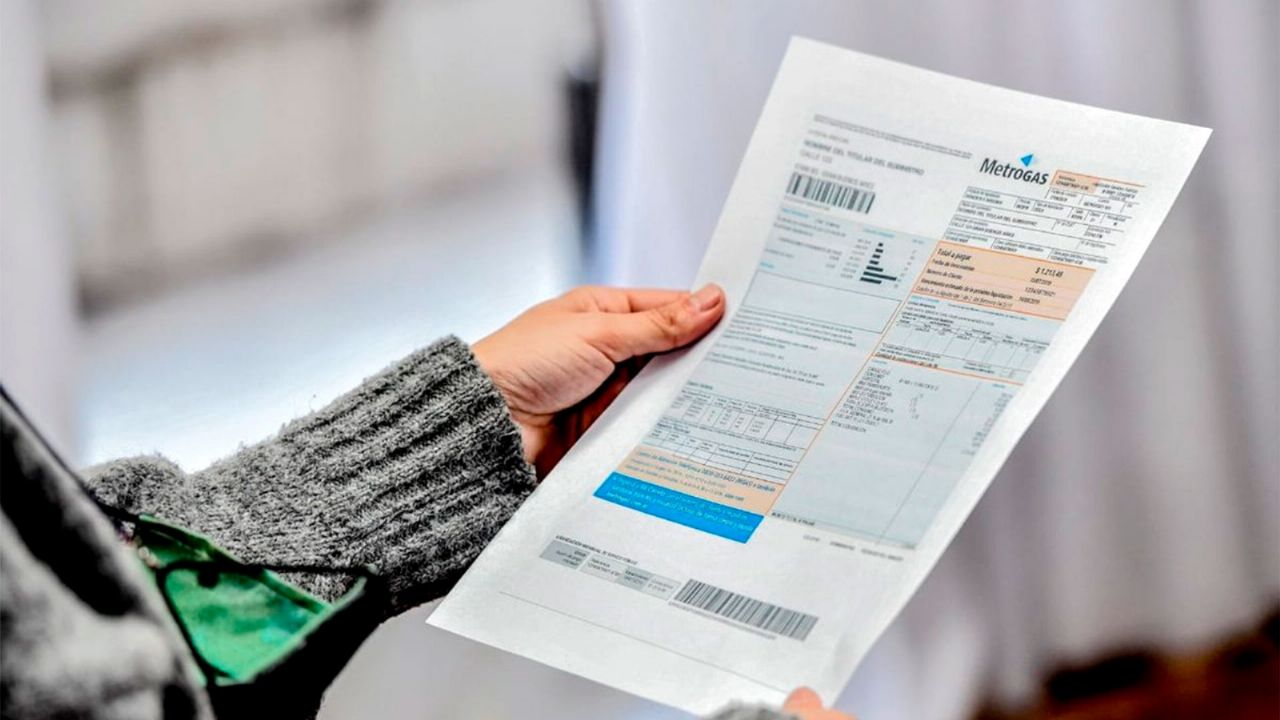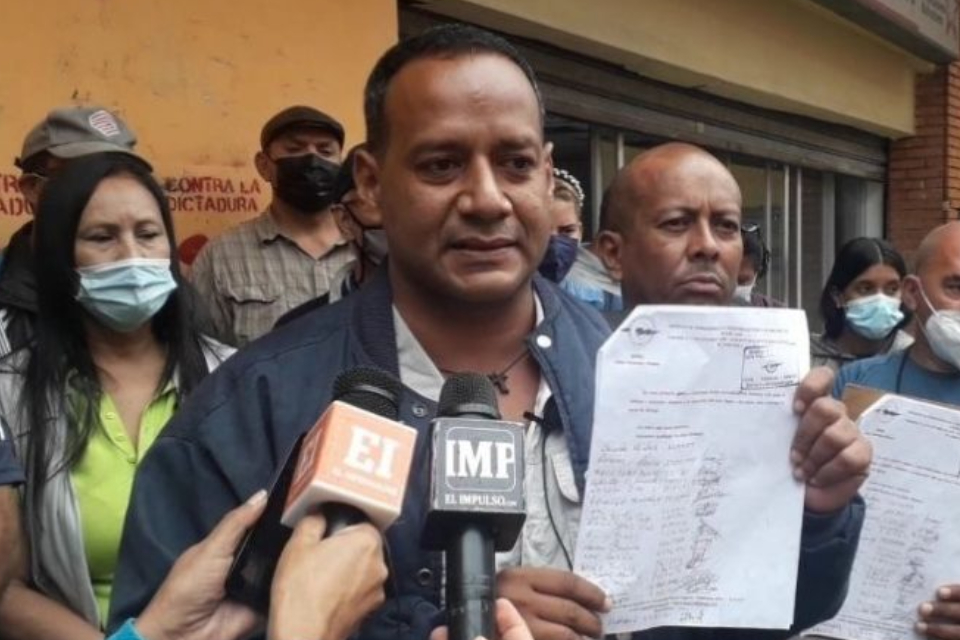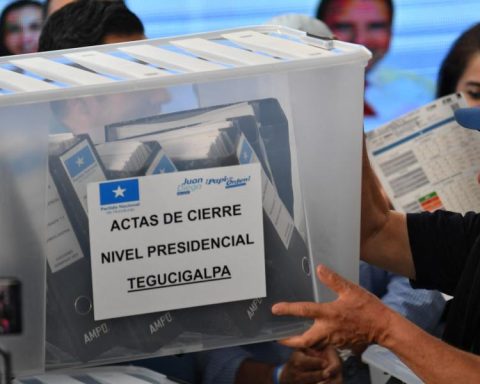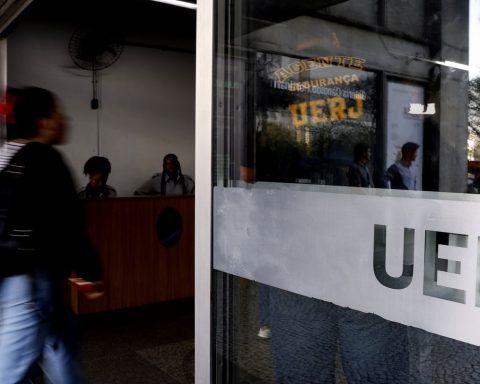From today, September 1st, the new rate segmentation for gas and electricity services and with which 5.9 million users will begin to pay the full rate gradually.
For their part, 9 million low- and medium-income users will maintain State subsidies, according to the new rate segmentationwhich includes 3 levels of cataloging.
From the Ministry of Energy they reported that the new rate segmentation will begin to be reflected in the coming daysonce “the provincial regulatory entities communicate the new rate schedules to be applied and the list of beneficiaries.”
Likewise, it is expected that this month the information of the users who registered in the RASE (Registry of Access to Energy Subsidies) will begin to be cross-checked with the SINTyS (National Tax and Social Identification System) and the AFIP ( Federal Administration of Public Revenue).

According to the Secretary of Energy, “the data crossings will also allow updating the inclusion parameters and the changes in the particular situations of each user and family group.”
Meanwhile, from the SME sector they have expressed several claims for the increases, since until today there is no greater clarity on how they will be implemented in the sector, they are also concerned that they will not be able to sustain the new rates.

“We want to be more clear about how the segmentation and the removal of subsidies will be. The costs of energy are different from one province to another because each one has a company in which the cost is different at the national level,” assured the president. of the Confederation of Medium Enterprises (CAME), Alfredo González.
What will the removal of subsidies be like?
In accordance with cataloging in which each user remained, those who belong to level 1, that is, those with higher incomes, or those who have not completed the RASE; will pay the full rate; however, the increases will be bimonthly.

For users of level 2 (low income) there will be no changes in rates; while level 3 households (average income) will have bimonthly increases and consumption caps to maintain subsidies.


















